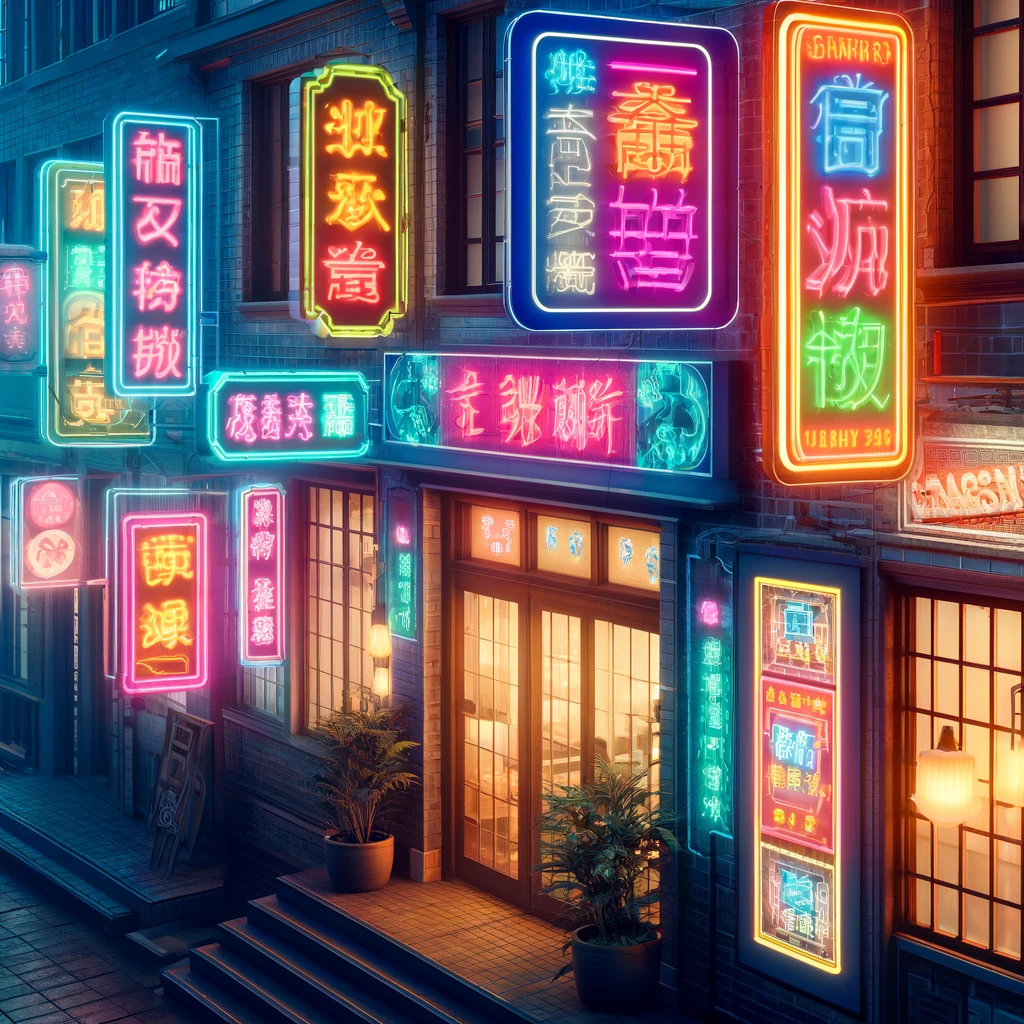The advent of artificial intelligence has revolutionized various industries, and the field of digital art is no exception. AI image generators have become powerful tools for artists, designers, and enthusiasts, enabling them to create stunning visuals with minimal effort. This article explores the world of free AI image generators, delving into what they are, how they work, and how you can leverage them to unleash your creativity.
What Are AI Image Generators?
AI image generators are software applications that use artificial intelligence algorithms, particularly deep learning and neural networks, to create or manipulate images. These tools can generate entirely new visuals, transform existing images, or enhance photographs by applying artistic styles.
Key Features:
- Image Creation: Generate original images based on text prompts or parameters.
- Style Transfer: Apply the style of one image (e.g., a famous painting) to another.
- Image Enhancement: Improve image quality by adjusting resolution, colors, and details.
How Do AI Image Generators Work?
Most AI image generators rely on a type of neural network known as Generative Adversarial Networks (GANs). GANs consist of two components:
- Generator: Creates images based on input data or random noise.
- Discriminator: Evaluates the generated images against real images to determine authenticity.
Through iterative training, the generator improves its output until the discriminator cannot distinguish between real and generated images.
Types of AI Models Used:
- GANs (Generative Adversarial Networks)
- VAEs (Variational Autoencoders)
- Transformers
Top Free AI Image Generators
Below is a curated list of some of the best free AI image generators available:
- DALL·E Mini (Now Known as Craiyon):
- Description: Generates images from textual descriptions.
- Features: Simple interface, quick generation.
- Usage: Ideal for conceptualizing ideas or creating memes.
- DeepArt.io:
- Description: Applies artistic styles to images.
- Features: Style transfer using famous artworks.
- Usage: Great for transforming photos into art pieces.
- Runway ML:
- Description: Offers a suite of AI tools for image and video generation.
- Features: Multiple models, real-time output.
- Usage: Suitable for both beginners and professionals.
- Artbreeder:
- Description: Allows users to blend images and create new artworks.
- Features: Collaborative platform, diverse categories.
- Usage: Perfect for experimenting with portraits, landscapes, and more.
- Deep Dream Generator:
- Description: Uses neural networks to find and enhance patterns in images.
- Features: Dream-like visuals, customization options.
- Usage: Excellent for creating surreal and abstract art.
- TensorFlow Playground:
- Description: Interactive visualization of neural networks.
- Features: Educational tool, adjustable parameters.
- Usage: Useful for understanding how AI processes images.
- Pixray:
- Description: Text-to-image generator with customizable settings.
- Features: Multiple render engines, tweakable AI settings.
- Usage: Ideal for users who want more control over the output.
How to Use AI Image Generators
Step 1: Choose the Right Tool
Select an AI image generator that suits your needs. For text-to-image generation, tools like Craiyon or Pixray are appropriate. For style transfer, DeepArt.io or Deep Dream Generator are suitable.
Step 2: Input Your Data
- For Text Prompts: Enter a descriptive phrase or sentence.
- For Style Transfer: Upload the base image and select or upload a style image.
- For Image Enhancement: Upload the image you wish to improve.
Step 3: Adjust Settings
Many generators allow you to tweak parameters such as:
- Resolution
- Style Intensity
- Iterations
Step 4: Generate and Download
Run the generator and wait for the output. Once the image is ready, you can download it for personal use.
Benefits of Using Free AI Image Generators
- Cost-Effective Creativity:
- Access powerful tools without financial investment.
- Experiment with different styles and ideas freely.
- User-Friendly Interfaces:
- Most tools are designed for ease of use.
- No prior knowledge of AI or coding required.
- Time Efficiency:
- Generate complex images quickly.
- Automate repetitive tasks like image enhancement.
- Inspiration and Learning:
- Discover new artistic possibilities.
- Learn about AI and machine learning concepts interactively.
Limitations to Consider
- Quality Variations: Free tools may have limitations in output quality compared to paid versions.
- Usage Rights: Be aware of the licensing agreements; some tools may restrict commercial use.
- Processing Time: High-resolution images may take longer to generate.
- Internet Dependency: Most free generators are web-based and require an internet connection.
Ethical and Legal Considerations
- Copyright Issues: Ensure that the images you generate do not infringe on existing copyrights.
- Content Guidelines: Avoid generating inappropriate or harmful content.
- Attribution: Some platforms require you to credit the tool or platform when using the images publicly.
The Future of AI in Digital Art
The intersection of AI and art is continually evolving. Advances in technology promise more sophisticated tools with higher quality outputs and more intuitive interfaces. Future trends include:
- Enhanced Realism: AI models producing images indistinguishable from real photographs.
- Interactive Art Forms: Real-time collaboration between humans and AI in creating art.
- Personalized Models: AI that adapts to individual artistic styles and preferences.
Conclusion
Free AI image generator have democratized the field of digital art, making it accessible to anyone with an internet connection. Whether you’re a professional artist seeking inspiration or a hobbyist exploring new mediums, these tools offer endless possibilities for creativity. By understanding how they work and how to use them effectively, you can unlock new dimensions in your artistic journey.



